Exploring the Amazon Rain Forest
With an ecosystem under siege, every moment in this wild wonderland is one to savor
The Amazon rain forest covers more than two million square miles of the earth's surface, spanning eight South American countries. Although the region has no seasons, the Amazon River rises and falls by as much as 30 feet during the year, and the variety of living things one can see changes with it. Every journey reveals new wonders.
More than a third of the world's species—mostly plants and insects—make their home in the rain forest. But with the help of an experienced guide, you can also glimpse a rainbow of exotic creatures that includes toucans, red deer and pink dolphins. The astonishment and beauty of the Amazon lie "in the intricacy of this fabulously complex ecosystem," says Roger Harris, co-author of The Amazon: The Bradt Travel Guide.
Most travelers visit the western areas of the rain forest that remain largely untouched, such as the Loreto region of Peru, so they may not notice that the ecosystem is under siege. Already 20 percent of the forest has been cut down for timber or burned to make way for farms, with thousands more acres disappearing each day. "I've seen areas along the river where it's been beautiful, pristine forest one year, and the next it's been clearcut," says Harris. "That's pretty hard to take."
/https://tf-cmsv2-smithsonianmag-media.s3.amazonaws.com/accounts/headshot/Sarah-Zielinski-240.jpg)
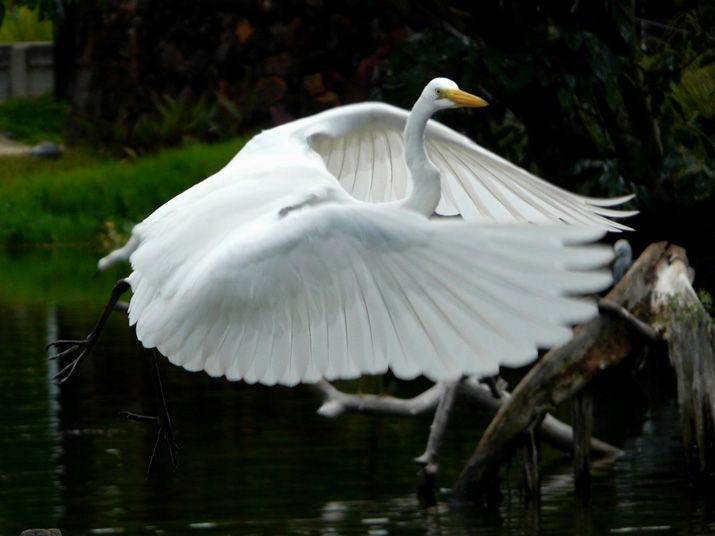
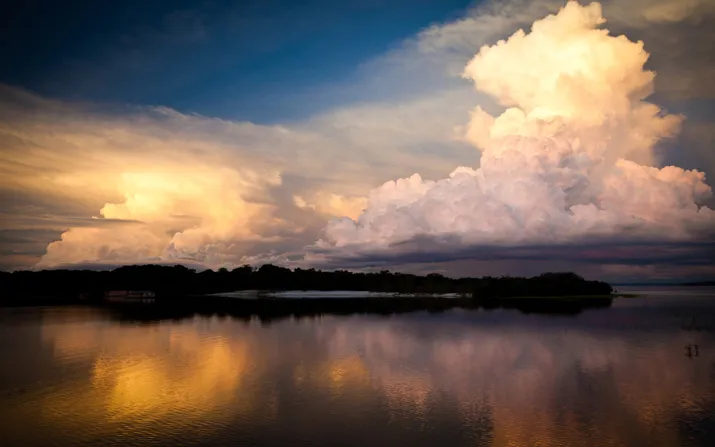
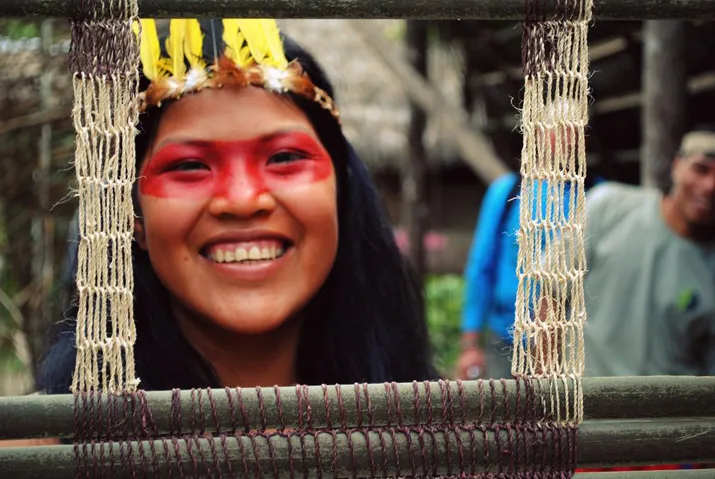
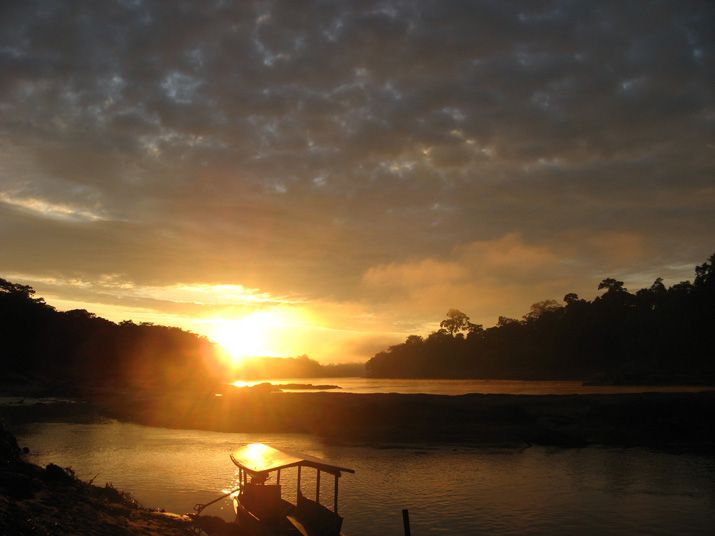
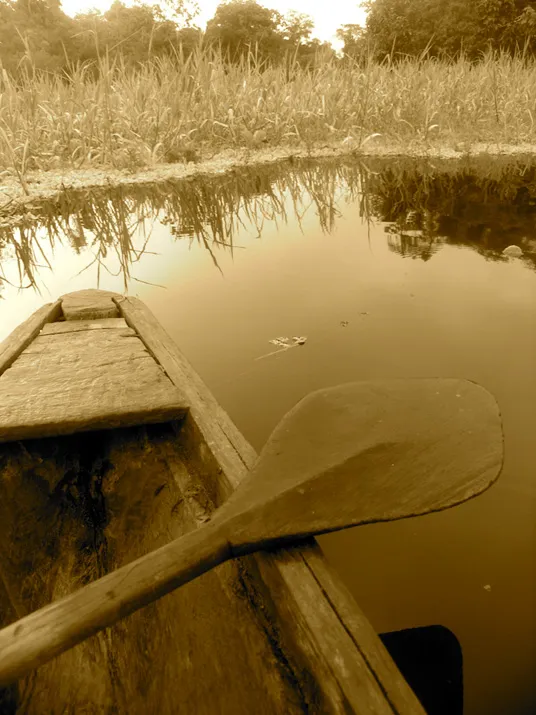
/https://tf-cmsv2-smithsonianmag-media.s3.amazonaws.com/accounts/headshot/Sarah-Zielinski-240.jpg)